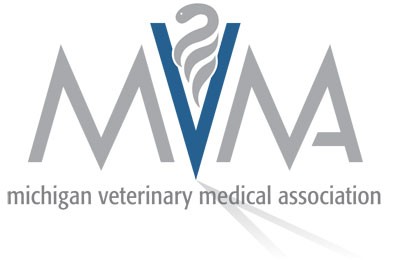- Home
- Career Opportunities
- About Us
- Services
- Resources
- Location
- Emergencies
Exclusively Cats Veterinary Hospital
(248)666-5287
ecats.vet
Behavioral Consultation Services
Behavioral problems in cats can hinder the development of a fulfilling relationship between pets and their owners. These problems can be frustrating and disheartening and can be complex issues to address. Our well-qualified and knowledgeable veterinarians and staff are experienced in identifying and addressing the causes of a variety of behavioral problems including:
At Exclusively Cats Veterinary Hospital, we appreciate the opportunity to help you with this very challenging situation. With your help, we will attempt to identify a cause in hopes of eliminating the unwanted behavior. It may take a lot of work and persistence on both of our parts.
What can you expect from a behavioral consultation?The process starts with some information gathering on your part prior to your consultation. The doctor will review the history with you during your visit, as well as examining your cat and performing a urinalysis (in the case of inappropriate urination) or other diagnostics to rule out a medical problem. What you will leave with is a detailed plan towards the goal of eliminating the problem behavior. This usually involves making changes to your cat's environment. Prior to your visit, please review the following guidelines and spend some time making notes on the history of your cat's problem. The more in-depth and complete the history we have at the time of your visit, the better able the doctor will be to help. If possible, e-mail your notes to us prior to your appointment. We find that making your cat's history available to the doctor before your visit makes everything go more smoothly. We will also want to keep in touch in the months that follow to monitor how things are going, and being able to do it via e-mail simplifies matters. Our doctors can be reached by e-mail at ECVH@exclusivelycats.com. Prior to your appointment, please do not make any changes to the current situation other than discontinuing any punishment, keeping the litter box immaculately clean, and observing your cat closely for its behavior.
Prior to your visit:
For inappropriate elimination issues, observe the following, as well:
Establish a timeline
For Consultations regarding inappropriate urination or defecation, document litter types and changes
Document litter maintenance
Prepare a diagram
Record history of punishment
What to expect during your visit
Consultation Please plan on spending at least an hour here the day of your appointment. We find it is best if all of the adults in the household are present, since everyone may have input, but generally, children should be left with another caregiver, since they tend to get restless. We find we are most successful if we can devote our full attention to the problem at hand. Your history and participation are the key ingredients to solving behaviorally based elimination problems.
Diagnostics Plan on a morning appointment so the cat may stay for urine collection, blood sampling and possibly radiography, depending on the nature of the behavioral problem. As a rule, for cases of inappropriate urination, we will be evaluating your cat for evidence of local bladder disease as well as systemic illness. If there is evidence of local bladder disease (inflammation, abnormal urine constituents: cells, protein, etc.), further radiographic studies of the bladder might be indicated. We may request a full blood profile on older cats and cats whose history suggests possible underlying systemic disease. Many times the evidence of a medical problem (in this case) is considered good news! Most of these medical issues are treatable.
Expected results There is a lower rate of success if the inappropriate behavior has been going on for more than 6 months. We understand that if the unwanted behavior continues, you may need to make arrangements to place your cat in a new home environment or, worse yet, euthanize your cat. Please let us know how much time we have to work with. We will do everything we can to help solve the problem, and we expect you to follow through with our suggestions in a timely manner. We request that you call and update us about successes and/or problems. We can never offer you any guarantees other than to do our best. We can only do our best if we have your help, and for that we thank you in advance.
|







